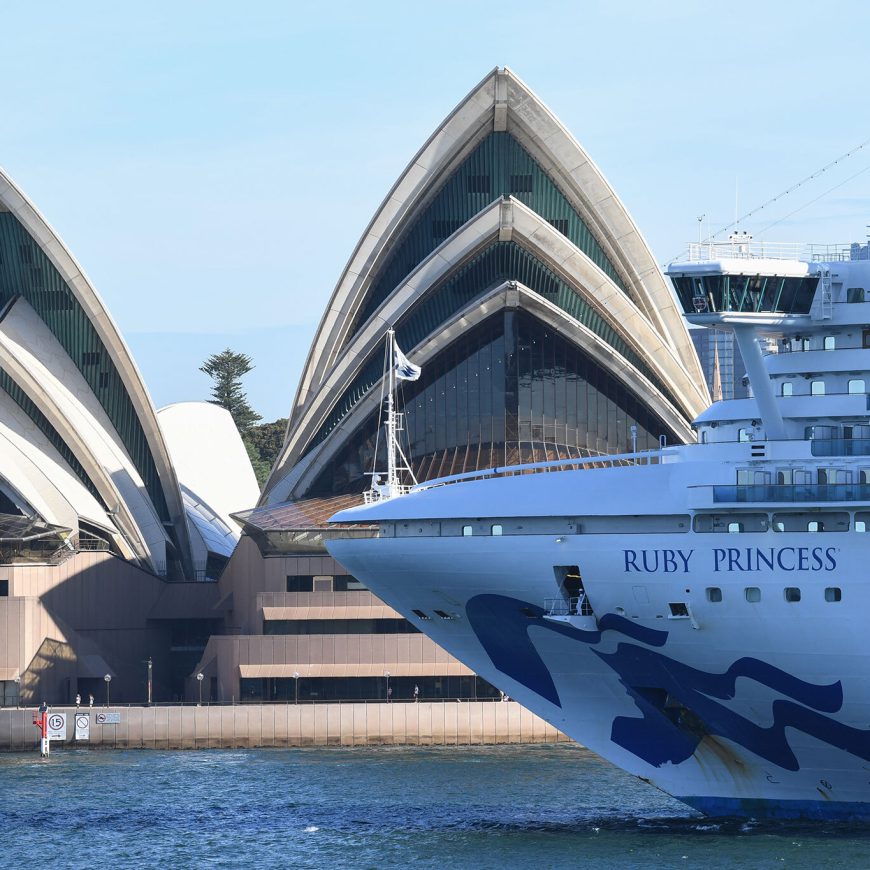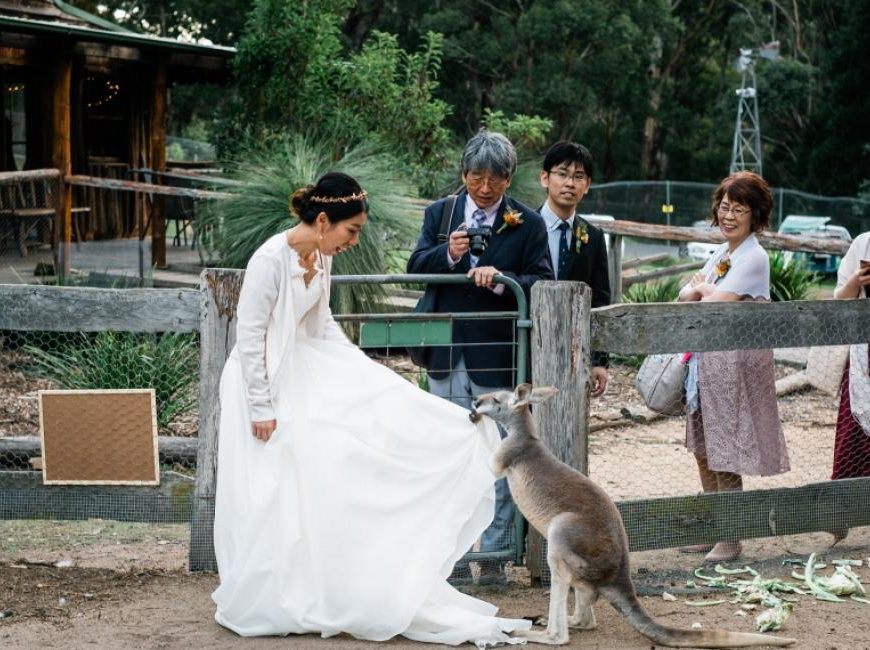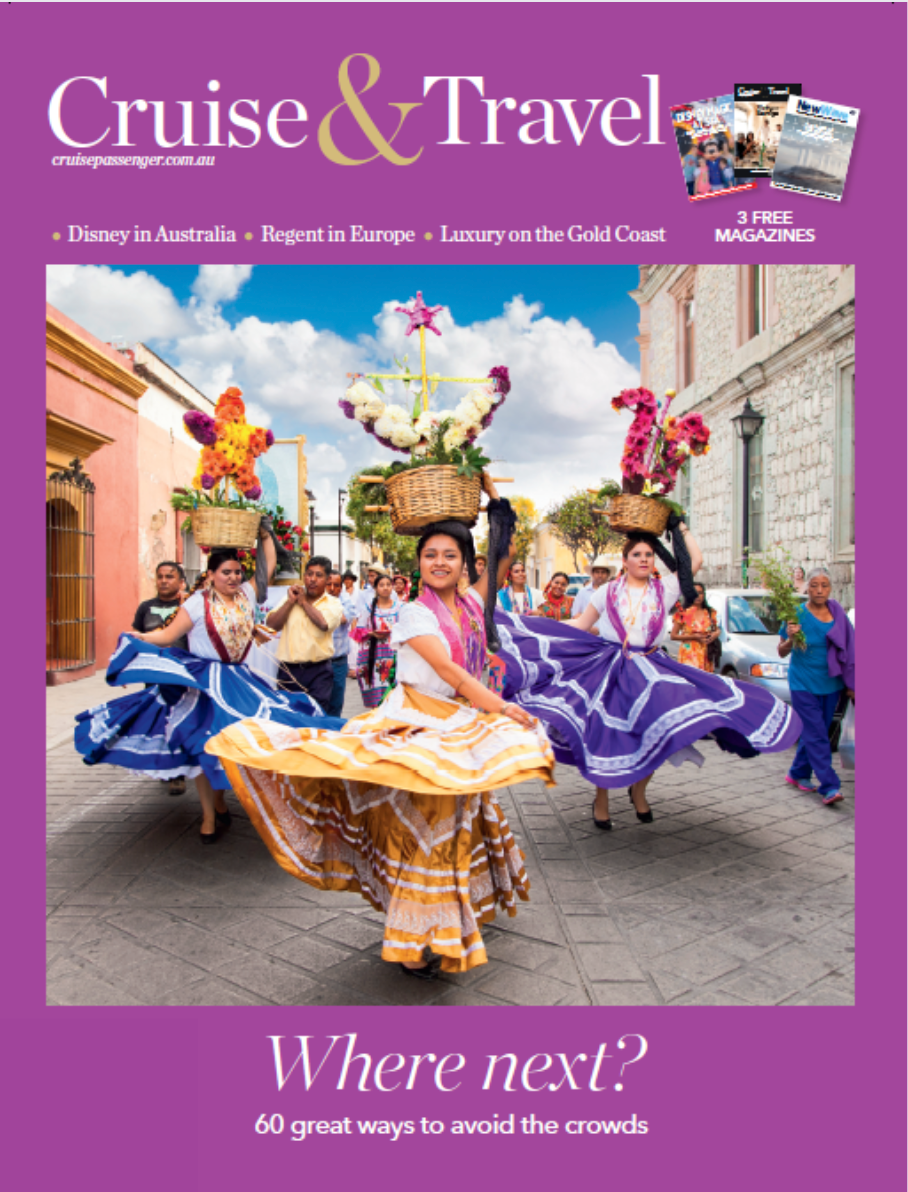Is this the end of the beloved breakfast buffet?
Great Australian AdventuresThe smell of sizzling bacon, hot coffee and toast wafting through the lobby of a hotel is a ritual, and a well-loved part of the holiday experience.
For many, breakfast is the most substantial meal of the day whilst travelling – filling up on a spread of Danish pastries, scrambled eggs and fruit piled up as high as Carmen Miranda’s bonnet.
It is by far my favourite experience during a hotel stay – perusing the long bench tops of bain-maries, platters and individual bowls.
And most hotels these days, will offer a variety of international cuisines. Guests can find congee, the Chinese rice gruel dish, typically found in Singapore and Hong Kong; sushi, nigiri and dried fish from Japan; American waffles and pancakes and a full English breakfast of black pudding and beans. All of which, aside from the freshly made omelette, is generally plated by the diner.
But one of the first things to go when COVID-19 hit was the hotel buffet. According to Eater, a number of major hotel chains like MGM Resorts, Hilton, Marriott and the Intercontinental in Las Vegas, the home of the buffet, eliminated this hotel staple. They even went a step further and eliminated breakfast all together.
The bountiful platters of beautifully arranged cold cut meats and warm fruit muffins is the perfect breeding ground for the spread of viruses.
A team of Japanese scientists recently put one buffer under ultraviolet light to illustrate how easily a virus can spread across tongs, drink pitchers, food tray lids, glasses and cutlery.
Now, it seems that the industry, are looking at new ways to find more COVID-conscious solutions to ensure the safety of guests. And it seems, that the buffet may be the first on the chopping block.
Anthony Melchiorri, a hospitality consultant and host of “Hotel Impossible” on the Travel Channel told The Washington Post that breakfast is one of the hot topics in the industry.
“They still want their breakfast and you’ve got to be able to provide the breakfast,” he said.
But what hotels are looking at, instead of the smorgasbord of yoghurt and hash browns, is looking at extending hours, limiting capacity, reservations and having staff dish out food.
Hyatt guests will be able to use the company’s app to see menus and order food to pick up and pay.
“Restaurants offering breakfast service have shifted from self-service buffets to a-la-carte menus or made-to-order options,” Frank Lavey, senior vice president of global operations at Hyatt, said in an email to The Washington Post.
“Individually pre-packaged items may also be available for guests to grab on-the-go.”
While the gracious waffle is not a staple on the Australian buffet, it has a special place in the heart of Americans.
Hilton’s sub brands, Embassy Suites and Hampton Inn have developed a major fan base which includes breakfast options like make-your-own waffles.
Luxury hotel chain The Four Seasons will also look at a number of experiential concepts including one normally associated with sushi train: the conveyor belt.
“We are exploring many concepts, with a big focus on individualisation,” John Johnson executive chef at the Four Seasons Hotel New York told Eater. “That includes individual miniature dishes, instead of traditional buffets, and movable feasts in small personal vessels that move along a touchless conveyor belt.”
While these solutions might help us in the future in a post-pandemic world, there is no denying there will be millions of mourners at the death of the buffet.













